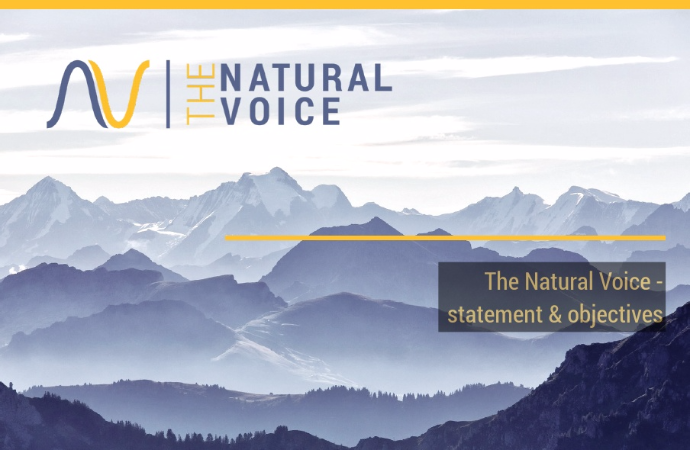Koeppen discusses progress with phasing out HCFCs in 12 developing countries and 7 countries with economies in transition in Europe and Central Asia that fall within the Regional Ozone Network for Europe & Central Asia, which provides a forum for Ozone officers from the region to share knowledge. The presentation outlines the different HCFC policy measures that are in place or planned in different countries such as labeling requirements for containers, certification of refrigeration technici
Koeppen discusses progress with phasing out HCFCs in 12 developing countries and 7 countries with economies in transition in Europe and Central Asia that fall within the Regional Ozone Network for Europe & Central Asia, which provides a forum for Ozone officers from the region to share knowledge. The presentation outlines the different HCFC policy measures that are in place or planned in different countries such as labeling requirements for containers, certification of refrigeration technicians, etc. It also depicts the HVAC&R industry in the different national markets, in terms of the manufacturing, existing installations of natural refrigerant plants and manufacturing facilities, the refrigerants used in heat pumps, national heat pump incentives, training & certification schemes for technicians etc. Several examples of installations in the region with natural refrigerants are provided, including an ammonia meat plant in Croatia, the roll out of hydrocarbon bottle coolers in Turkey, the conversion of showcase production plant to hydrocarbons in Armenia, an HFC/CO2 supermarket system in Turkey. Nonetheless, with no incentives for natural refrigerants and no linkages to urban planning, HFC technologies currently prevail in the region as the main HCFC replacement.
MORE INFORMATION
Related Knowlegde

_1475846412.png)
